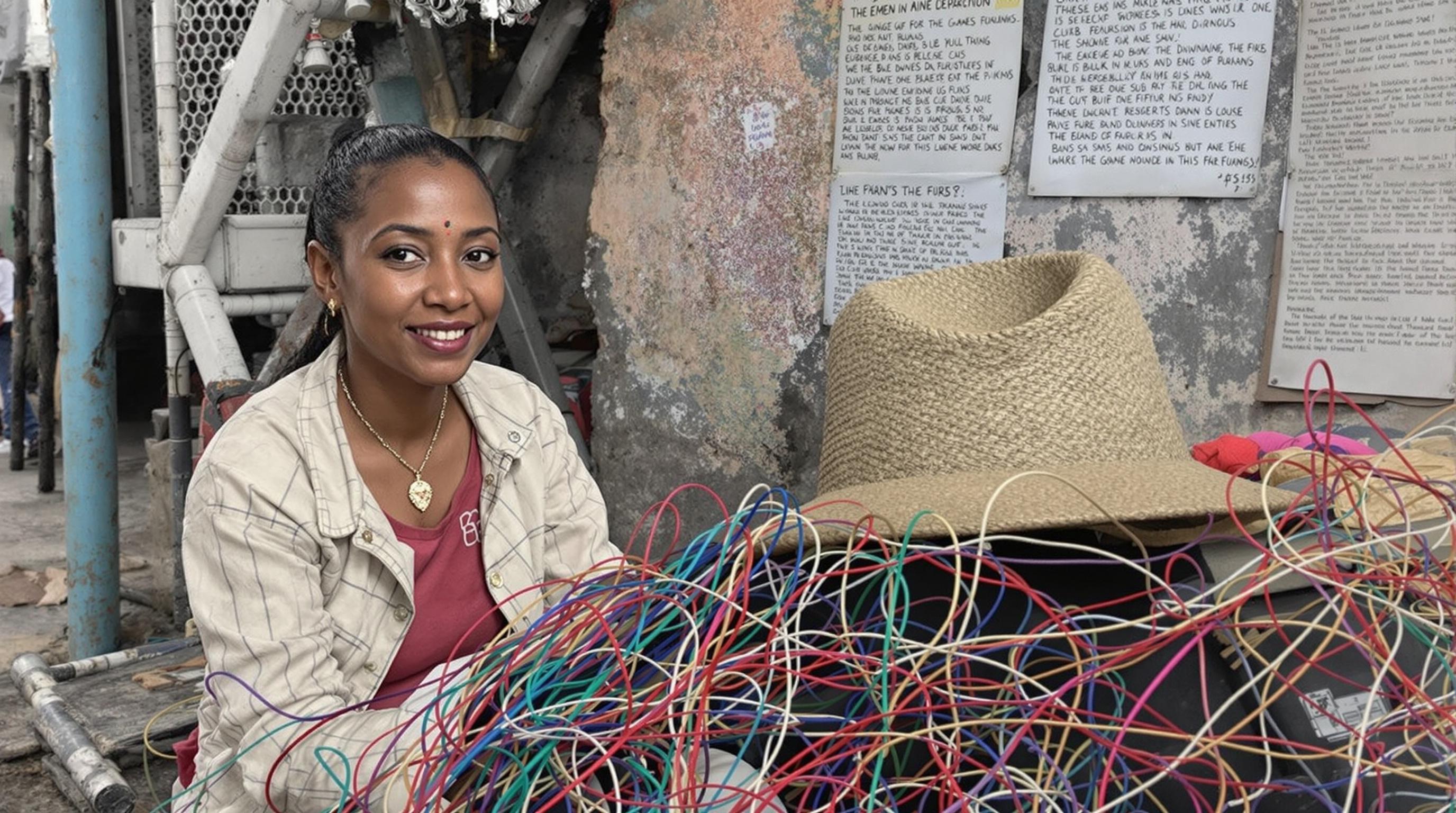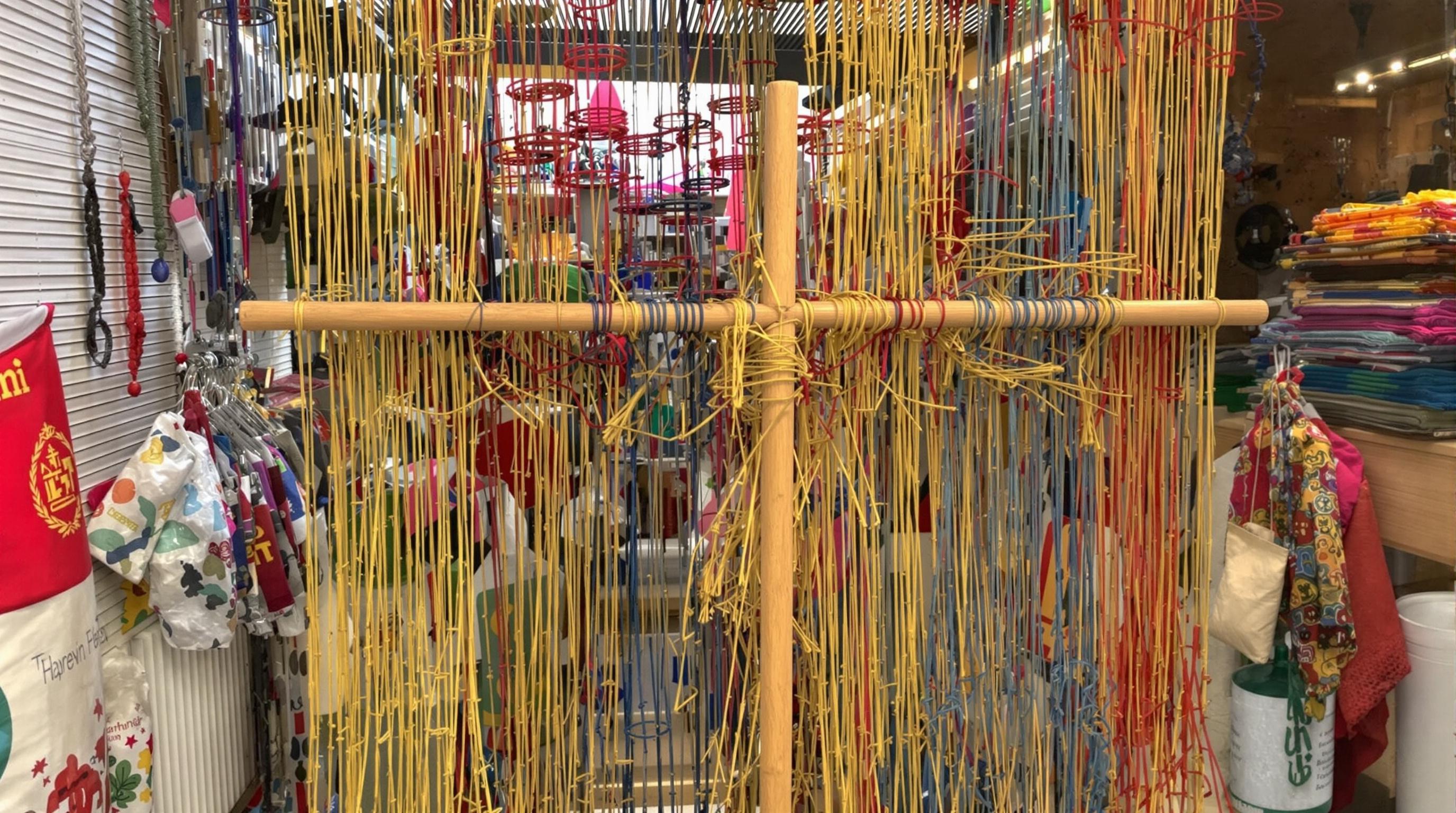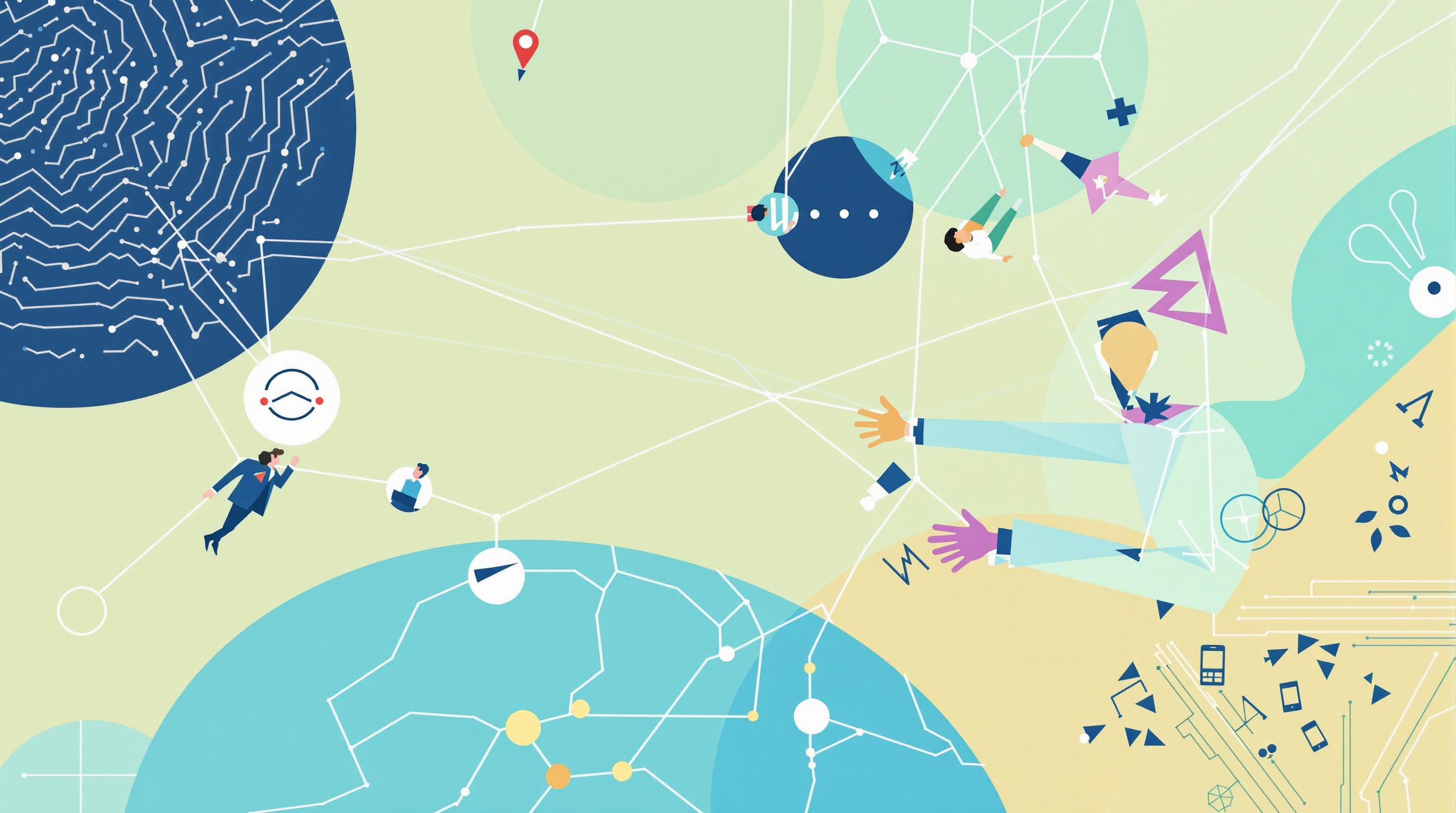Related Articles
- Uncharted Frequencies: The Surprising Role of Subcultures in Shaping Global Digital Landscapes
- Wired Whims: The Unexpected Role of Niche Online Communities in Shaping Global Digital Trends
- Fragmented Signals: Exploring the Shadows of Digital Divide in Emerging Economies and Its Impact on Global Unity
- Decoding the Invisible: How Microbial Communication Could Revolutionize Digital Interactions
- Cryptic Channels: How Encrypted Messaging Platforms Are Reshaping Trust and Transparency in Online Interactions
- Mysterious Modes: The Rise of Cryptographic Channels in Secret Online Dialogues and Their Hidden Impacts
7 Unexamined Threads: Navigating the Surprising Narratives Linking Global Connectivity to Cultural Heritage Movements
7 Unexamined Threads: Navigating the Surprising Narratives Linking Global Connectivity to Cultural Heritage Movements
7 Unexamined Threads: Navigating the Surprising Narratives Linking Global Connectivity to Cultural Heritage Movements
1. The Fabric of Connectivity
In an increasingly interconnected world, the threads of cultural heritage movements span across continents, illuminating the rich tapestry of human experience. This fabric originates from historical interactions, migrations, and trade routes that have influenced civilizations for centuries. Understanding these connections allows us to appreciate the complexity of cultural identities that define communities today.
Globalization has rapidly accelerated cultural exchange, creating new arenas for dialogue and collaboration among diverse groups. The proliferation of technology enhances these linkages, making it possible for communities to share their heritage with a global audience. With the rise of social media, cultural narratives are no longer confined to their geographic origins but are instead woven into a digital fabric that connects people across borders.
These connections can lead to cultural movements that not only preserve but also redefine heritage. This transformation can serve as a response to the pressures of globalization, where local cultures find innovative ways to assert their identities while engaging with global audiences. Thus, the very notion of cultural heritage becomes an evolving story that celebrates both tradition and modernity.
2. Evolving Identities in Diasporas
The experience of diaspora communities is a poignant illustration of how cultural heritage evolves through global connectivity. As individuals migrate, they bring fragments of their cultural backgrounds with them, which often result in hybrid identities that reflect both their roots and their new environments. This blending leads to unique cultural expressions that enrich the local landscape.
When diaspora communities engage in cultural heritage movements, they often redefine their narratives to incorporate their experiences in a new context, essentially creating a dialogue between their traditional culture and their contemporary life. This phenomenon can be observed in various art forms, cuisine, and even languages that borrow elements from both their homeland and host cultures.
The legacy of migration thus becomes an essential thread in the tapestry of cultural heritage, revealing the adaptive nature of identity. Communities can promote understanding and appreciation through festivals, workshops, and cultural exchanges, highlighting the strength found in diversity and shared histories.
3. Environmental Narratives and Cultural Resilience
Environmental changes and sustainability concerns are redefining the relationship between cultural heritage and global connectivity. Many indigenous and local communities are rallying to protect their environmental practices, which are deeply tied to their cultural identity. These movements often rise in response to global challenges such as climate change and resource depletion, showcasing a narrative of resilience.
As communities work to preserve their ecosystems, they also reinforce their cultural heritage. Traditional knowledge passed down through generations becomes invaluable in contemporary environmental discourse, offering sustainable practices that are both effective and culturally significant. In this sense, heritage and ecology become intertwined, as seen in initiatives aimed at revitalizing traditional agroecology or conservation efforts led by indigenous groups.
The interplay between cultural heritage movements and environmental advocacy demonstrates how interconnectedness can foster a global network of cultural custodians. This solidarity emphasizes shared responsibility in preserving both cultural and natural heritage, allowing for a united front against global challenges.
4. The Digital Age: Reviving Heritage
The digital revolution has transformed cultural heritage movements, enabling new forms of expression and interaction. Online platforms allow communities to share their narratives in innovative ways, from virtual exhibitions to digital storytelling. This accessibility democratizes content creation and redistributes power dynamics traditionally held by cultural institutions.
Social media campaigns and crowdfunding platforms mobilize support for cultural preservation projects, allowing grassroots movements to thrive. Various organizations are now harnessing technology to document endangered languages, crafts, and oral histories, ensuring that future generations can access and celebrate their heritage.
Moreover, technology facilitates cross-cultural collaborations, bridging geographic gaps and fostering intercultural dialogue. By harnessing the power of digital tools, heritage movements can engage a wider audience, leading to a deeper understanding and appreciation of diverse cultures worldwide.
5. Aesthetic Movements and Global Discourse
Aesthetic movements often emerge as a response to globalization, spotlighting the unique expressions of cultural identity. Artists and creators draw upon their cultural heritage to craft works that resonate globally, infusing local narratives with universal themes. These artistic expressions can prompt constructive dialogues around cultural representation and ownership.
For instance, traditional art forms reimagined by contemporary artists can bring renewed attention to cultural heritage, allowing marginalized voices to be heard. Museums and galleries worldwide are increasingly showcasing these works, effectively becoming platforms for cultural exchange that challenge stereotypes and promote inclusivity.
This aesthetic reawakening can serve dual purposes: preserving traditional practices while simultaneously engaging with modern artistic trends. As a result, cultural heritage movements not only celebrate history but also contribute to contemporary global conversations about identity and authenticity.
6. Cultural Heritage and Tourism
The rise of cultural heritage tourism emphasizes the link between the preservation of heritage and global connectivity. Travelers are increasingly seeking authentic experiences that immerse them in local traditions, prompting communities to showcase their heritage as a means of economic sustainability. This surge in interest can create opportunities for cultural revitalization.
While tourism can bring economic benefits, it also poses challenges that communities must navigate carefully. The commodification of culture risks diluting authentic practices, leading to concerns over cultural appropriation and misrepresentation. Thus, a delicate balance must be struck between sharing cultural heritage and protecting its integrity.
By developing responsible tourism practices that prioritize cultural preservation and community involvement, heritage movements can thrive. This collaborative effort empowers locals to define their narratives while educating travelers about the significance of cultural contexts, ensuring a richer experience for all involved.
7. Education as a Cultural Bridge
Education serves as a vital link in cultural heritage movements, fostering understanding and appreciation across diverse populations. Integrating cultural heritage into educational curricula can help nurture a sense of identity and belonging among students, bridging cultural gaps and encouraging global citizenship. Through this lens, heritage appreciation becomes a shared responsibility.
Collaborative educational initiatives can also facilitate cross-cultural exchanges that emphasize shared histories and common values. Schools and universities around the world are embracing experiential learning opportunities that engage students with local communities and their histories, encouraging active participation in cultural preservation efforts.
Moreover, culturally responsive teaching methods serve to validate the diverse perspectives of students. This approach not only enriches the learning environment but also empowers learners to become advocates for cultural heritage, creating a future where interconnectedness thrives and diversity is celebrated.
Conclusion: Weaving New Narratives
As we navigate these unexamined threads of global connectivity and cultural heritage movements, it is essential to recognize the complexity of the narratives we weave. By understanding the intertwined relationships between culture, identity, and globalization, we can foster a deeper appreciation for the richness of human experience. Together, we can champion a future where diverse cultural expressions flourish, and heritage is celebrated rather than commodified.
The journey ahead calls for a collective commitment to ensure cultures are preserved, shared, and evolved in a manner that respects their origins. As cultural custodians, we hold the responsibility to learn, engage, and nurture the stories that define who we are as a global community.
Through these lenses—of technology, education, tourism, environmental stewardship, and art—we can begin to unravel the profound connections that unite us all, shaping a dynamic interplay of cultural heritage that is as vibrant as the world itself.




